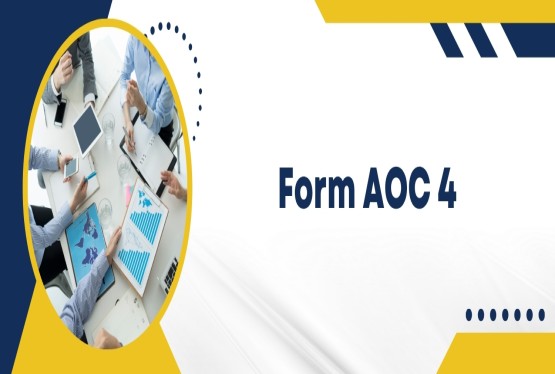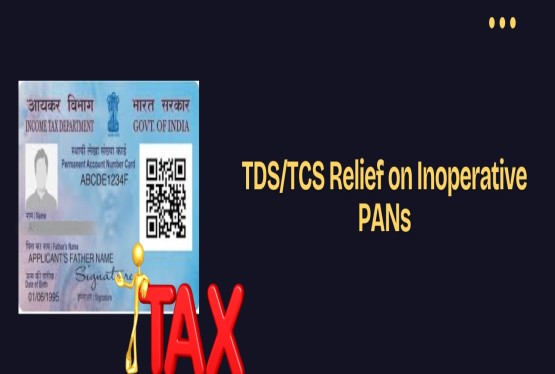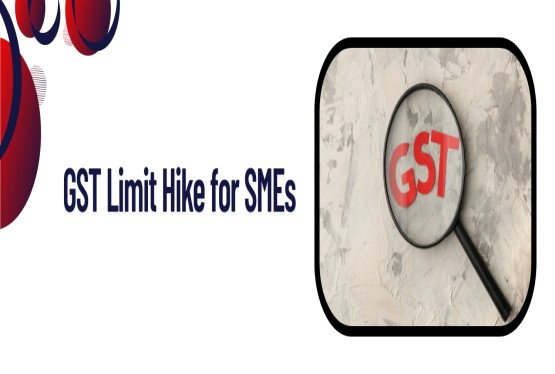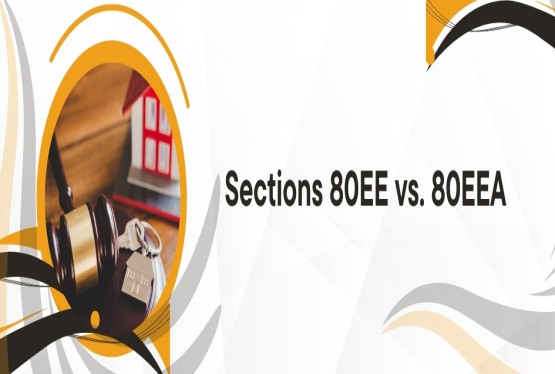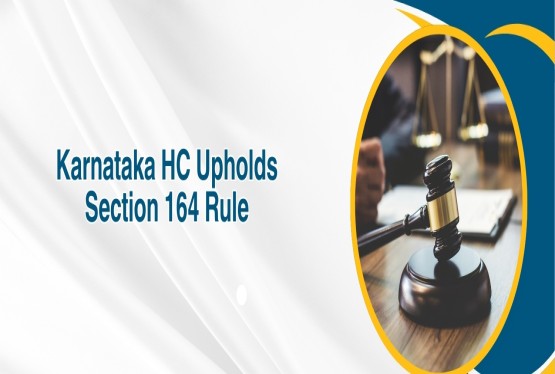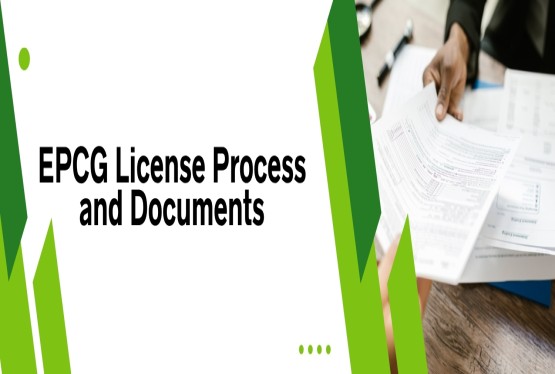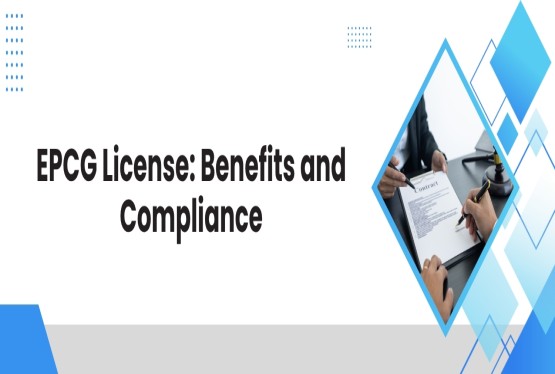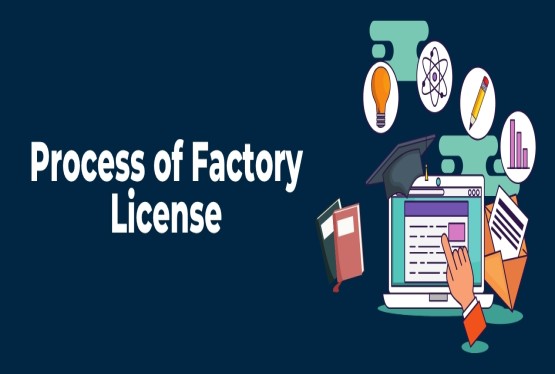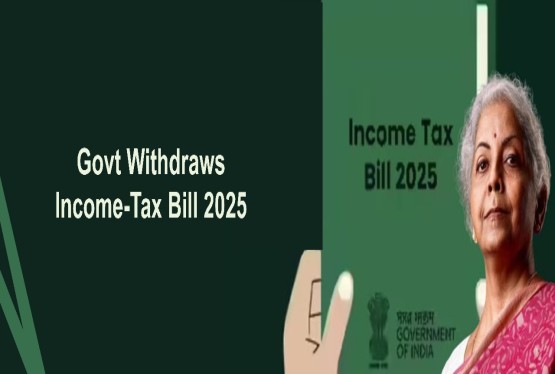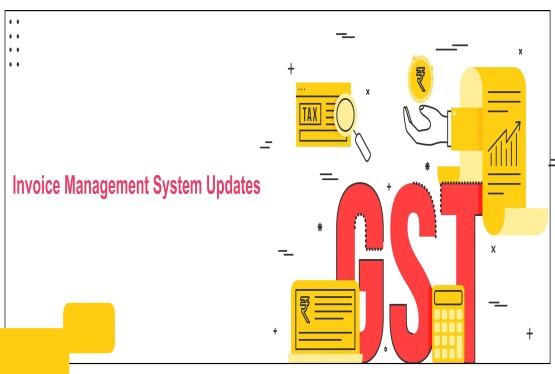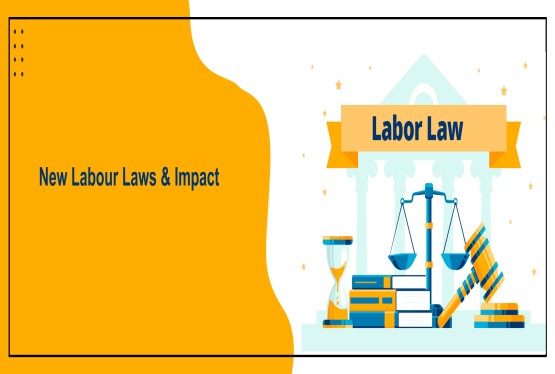Section 35A in The Income Tax Act, 1961 deals with the treatment of capital expenditure incurred by an assessee for acquiring patent rights or copyrights for the purpose of business. Introduced through Act 13 of 1966 and applicable from 1st April 1966, this section provides a mechanism for claiming deductions on such capital expenditures over a specified period. The section underwent amendments over the years, with notable changes relating to its applicability up to 1st April 1998. This provision allowed businesses to amortize the cost of acquisition of such rights over a number of years.
Sub-section (1): Deduction for Capital Expenditure
Sub-section (1) allows for a deduction of capital expenditure incurred on or after 28th February 1966 but before 1st April 1998, for acquiring patent rights or copyrights. The rights must be used for the purpose of business. The amount of deduction is not allowed in a lump sum but spread equally over a number of years, referred to as "relevant previous years." This allows businesses to gradually account for the expense in their income tax returns, reducing their tax burden over time. It promotes investment in intellectual property by making it tax-efficient.
Explanation to Sub-section (1): Definitions
The explanation provided in the section defines two important terms:
(i) "Relevant previous years" refers to the fourteen previous years starting from the year in which the expenditure is incurred. If the expenditure is made before the business commences, then the fourteen years start from the year the business actually commences. In a case where the rights (patents or copyrights) had already commenced before the expenditure was incurred, then the fourteen years are reduced by the number of full years that have already passed since the commencement of the rights. If all fourteen years have already passed, then the assessee can claim deduction only for one year.
(ii) "Appropriate fraction" means the portion of the capital expenditure that will be allowed as a deduction in each of the relevant previous years. It is calculated by taking one as the numerator and dividing it by the number of relevant previous years as the denominator. For example, if the deduction is spread over 14 years, the allowable deduction each year is 1/14th of the total expenditure.
Sub-section (2): Disallowance in Certain Situations
According to sub-section (2), if the rights come to an end and are not revived, or if the rights are sold and the sale proceeds are at least equal to the remaining unallowed cost of acquisition, then no further deduction will be allowed from that year onwards. This ensures that no double benefit is taken by the assessee. Once the rights cease to exist or are sold for a capital sum not less than the remaining cost, the tax benefit stops.
Sub-section (3): Loss on Disposal or Expiry of Rights
Sub-section (3) covers cases where the rights either expire without revival or are sold entirely, and the proceeds are less than the remaining unallowed cost. In such cases, the balance amount that has not yet been allowed as deduction can be claimed as a deduction in the year of expiry or sale. If there is a partial recovery, then the deduction equals the difference between the cost remaining unallowed and the capital sums received. This provision allows the assessee to claim a loss when rights become worthless or are sold at a loss.
Sub-section (4): Profit on Sale of Rights
Sub-section (4) addresses the scenario where the rights are sold, and the proceeds exceed the remaining unallowed acquisition cost. In such cases, the excess amount up to the difference between the original acquisition cost and the amount already deducted is treated as business income. This income becomes taxable in the year of sale. The explanation also clarifies that even if the business has closed down before the sale, this income will still be taxed as if the business existed. This prevents avoidance of tax on gains arising from sale of business-related intangible assets.
Sub-section (5): Sale of Part Rights
When only a portion of the rights is sold and the gain does not fall under sub-section (4), then sub-section (5) becomes applicable. In this situation, the deduction allowed for future years is recalculated. First, the proceeds from the sale are subtracted from the remaining unallowed cost. Then, the balance is divided by the number of years left in the original deduction period (i.e., the relevant previous years not yet expired). This revised amount becomes the new annual deduction. This ensures proportional deduction based on the reduced value of the rights.
Sub-section (6): Transfer of Rights During Amalgamation
Sub-section (6) deals with the transfer of rights in a scheme of amalgamation. If the amalgamating company transfers the rights to the amalgamated company, and the amalgamated company is an Indian company, then sub-sections (3) and (4) do not apply to the amalgamating company. Instead, the amalgamated company continues to claim deduction as if it had originally incurred the expenditure. This provision ensures continuity in deduction and avoids double taxation or denial of benefit due to business restructuring.
Sub-section (7): Transfer of Rights During Demerger
Similar to amalgamation, sub-section (7) applies to demergers. If the demerged company transfers the rights to the resulting company (which must be an Indian company), then the provisions of sub-sections (3) and (4) do not apply to the demerged company. The resulting company continues the deduction as though it had incurred the expenditure. This enables companies undergoing reorganization to preserve their tax benefits.
Conclusion
Section 35A in The Income Tax Act, 1961 provides a complete framework for amortizing capital expenditure incurred on acquiring patents or copyrights used in business. It balances the interests of taxpayers and the revenue department by allowing gradual deductions, ensuring that gains on transfer are taxed, and losses are recognized appropriately. It also includes special provisions to maintain continuity during business restructuring like amalgamations and demergers. Though the section is not applicable to expenditures incurred after 1st April 1998, it continues to offer important historical context and guidance in matters related to intangible asset treatment in taxation.
If you have any queries regarding Income Tax or need any assistance in filing ITR, connect with Compliance Calendar LLP Experts through mail at info@ccoffice.in or Call/Whatsapp at +91 9988424211.
FAQs
Q1. What does Section 35A in The Income Tax Act, 1961 provide for?
Ans. Section 35A provides for the amortization of capital expenditure incurred on acquiring patent rights or copyrights for business use. It allows the deduction of such expenditure in equal installments over 14 years, termed as “relevant previous years,” starting from the year of incurring the expenditure or commencement of business, whichever is later.
Q2. Who can claim deduction under Section 35A of the Income Tax Act, 1961?
Ans. Any assessee (individual, firm, company, etc.) who has incurred capital expenditure after 28th February 1966 but before 1st April 1998 on the acquisition of patent rights or copyrights for the purpose of business can claim deduction under this section, subject to the conditions specified.
Q3. How is the amount of deduction calculated under Section 35A?
Ans. The amount of deduction is calculated by dividing the total capital expenditure by the number of “relevant previous years” (typically 14 years). For example, if ?14 lakh is spent on acquiring a patent, the annual deduction would be ?1 lakh per year for 14 years.
Q4. What happens if the patent or copyright comes to an end or is sold?
Ans. If the rights come to an end or are sold and the sale proceeds are equal to or more than the remaining unallowed expenditure, no further deduction is allowed. If the proceeds are less than the unallowed cost, the balance can be claimed as a deduction in the year of termination or sale.
Q5. Can deduction under Section 35A continue in case of business restructuring like amalgamation or demerger?
Ans. Yes, in the case of amalgamation or demerger involving Indian companies, the right to claim deduction under Section 35A is transferred to the amalgamated or resulting company. The new company continues to claim deductions as if it were the original owner.
Q6. Is Section 35A applicable for expenditures made after 1st April 1998?
Ans. No. Section 35A specifically applies to expenditures incurred between 28th February 1966 and 31st March 1998. For expenditures made after 1st April 1998, such amortization provisions are not covered under Section 35A.
Q7. What is meant by “appropriate fraction” under Section 35A?
Ans. “Appropriate fraction” means the portion of total expenditure allowed as deduction each year. It is expressed as 1 divided by the number of relevant previous years (e.g., 1/14). This ensures the deduction is spread evenly over the eligible period.








_crop10_thumb.jpg)


















































































_for_FY_2025-26_crop10_thumb.jpg)



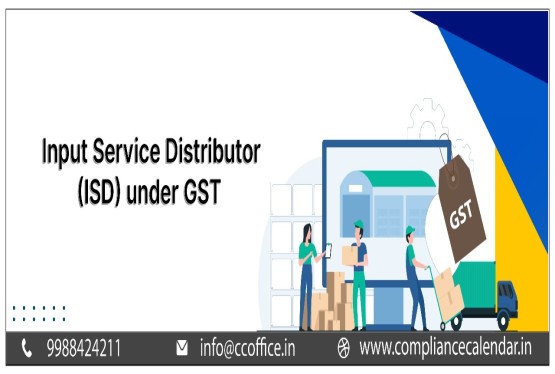








_learn_crop10_thumb.jpg)








_Filing_Due_Dates_for_FY_2024-25_learn_crop10_thumb.jpeg)
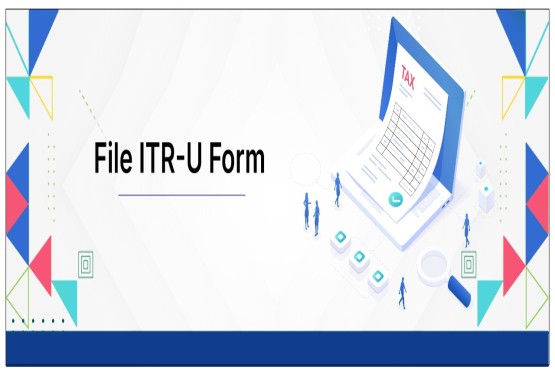

























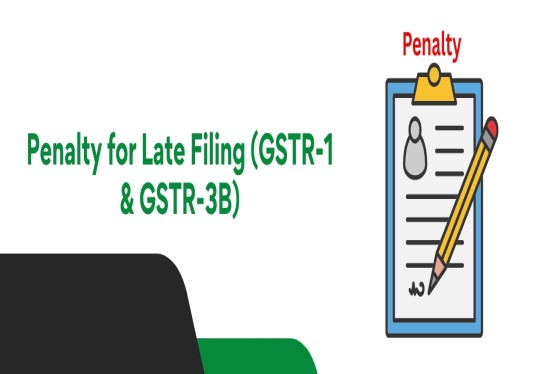












_of_GST_Act_learn_crop10_thumb.jpg)










_Under_GST_learn_crop10_thumb.jpg)









_crop10_thumb.jpg)


_crop10_thumb.jpg)






_learn_crop10_thumb.jpg)






















_of_the_Income_Tax_Act_learn_crop10_thumb.jpg)



_learn_crop10_thumb.jpg)






_learn_crop10_thumb.jpg)






_crop10_thumb.jpg)




















_in_The_Income_Tax_Act,_1961_learn_crop10_thumb.jpg)



_learn_crop10_thumb.jpg)



_of_the_Income_Tax_Act_learn_crop10_thumb.jpg)


_Of_Income_Tax_Act_learn_crop10_thumb.jpg)








_learn_crop10_thumb.jpg)







_learn_crop10_thumb.jpg)
_crop10_thumb.jpg)






















_learn_crop10_thumb.jpg)
_for_Import_and_Export_learn_crop10_thumb.jpg)









